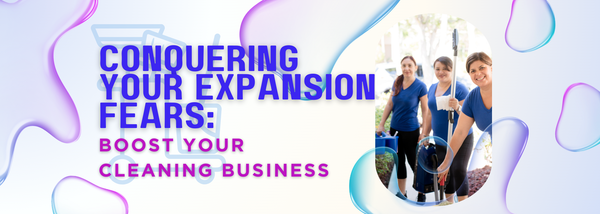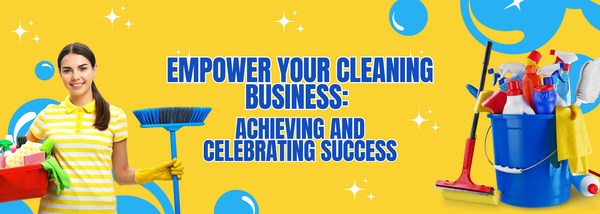How to Set Your Prices and Communicate Value to Clients

Pricing your services as a residential cleaner can feel tricky. Set your rates too low, and you risk overworking yourself while undervaluing your expertise. Price too high, and you might scare away potential clients. Striking the perfect balance is crucial—not only for your income but also for how clients perceive the value you bring to their homes.
In this guide, we’ll walk you through how to set fair and profitable prices for your cleaning services while effectively communicating the value you provide to your clients.
Step 1: Research the Market
Before finalizing your prices, take time to gather information about the cleaning industry in your area. This step will help you understand where your business fits and what your ideal clients are willing to pay.
- Study Competitors: Look into other cleaning services in your region. What do they charge, and what do their packages include? This research will help you establish a baseline for pricing and identify ways to stand out, whether through specialized services or better customer experiences.
- Example: If most local competitors charge $30/hour for basic cleaning, you’ll know if you can match, exceed, or offer something unique at a different rate.
- Understand Demand: High demand for residential cleaning often allows for higher pricing. If your area has a shortage of professional cleaners, you can position yourself as a premium service. Conversely, if the market is saturated, consider how to differentiate yourself.
- Consider Your Niche: Do you offer eco-friendly cleaning, allergen-sensitive cleaning, or pet-focused cleaning services? Clients are often willing to pay more for specialized expertise that meets their specific needs.

Step 2: Calculate Your Costs
To set prices that ensure profitability, you need a clear understanding of your business expenses. Here’s what to consider:
- Supplies and Equipment: Keep a detailed list of everything you use, from cleaning solutions and gloves to vacuums and microfiber cloths. Calculate the cost per job and ensure it’s factored into your pricing.
- Travel Expenses: Don’t overlook transportation costs. Whether it’s gas for your car, mileage wear and tear, or public transit fares, these costs can add up, especially if you serve clients across a wide area.
- Time: How long does it take to clean a home of different sizes or conditions? Assign a dollar value to your hourly labor, considering both your desired earnings and industry standards.
- Overhead Costs: These include business insurance, marketing, software subscriptions, and even uniforms. Even small expenses can affect your bottom line if they’re not accounted for.
Pro Tip: Add a 20-30% markup to cover unforeseen costs and build a profit margin. This ensures your business remains sustainable over time.

Step 3: Offer Tiered Pricing or Packages
Providing clients with flexible options not only attracts a wider audience but also encourages them to choose higher-value services.
- Basic Cleaning: A cost-effective option focusing on surface-level cleaning tasks like dusting, vacuuming, and wiping counters. Ideal for regular upkeep.
- Deep Cleaning: A premium service that includes more labor-intensive tasks like scrubbing grout, cleaning inside appliances, and tackling hard-to-reach areas. These services typically cost 25-50% more than basic cleaning.
- Add-Ons: Offer à la carte services for tasks like window washing, organizing closets, or cleaning carpets. Clients appreciate the flexibility, and add-ons are a great way to boost your earnings.
Example Packages:
- Silver: Weekly basic cleaning for $120.
- Gold: Monthly deep cleaning and basic weekly upkeep for $250.
- Platinum: Full-service deep cleaning, add-ons like windows, and custom requests for $400.

Step 4: Highlight Your Value
Clients don’t just pay for cleaning—they pay for the experience, convenience, and results. Make sure you communicate this value in every interaction.
- Emphasize Expertise: Do you have years of experience, specialized training, or certifications? Highlight these in your marketing to build trust and demonstrate your professionalism.
- Showcase Benefits: Rather than focusing on the tasks you perform, talk about how your services improve clients’ lives. For example, “We save busy families hours every week so they can spend more time together in a sparkling home.”
- Leverage Testimonials: Positive client reviews are invaluable. Include quotes or before-and-after photos to show the tangible benefits of your work.
Pro Tip: Create a brochure or webpage that outlines your services, pricing, and unique selling points to make your value clear to potential clients.

Step 5: Handle Pricing Conversations with Confidence
Discussing money can feel awkward, but your confidence in your pricing will reassure clients. Here’s how to approach the conversation:
- Be Transparent: Clearly outline what’s included in your services. Avoid vague descriptions like “general cleaning,” and instead detail the specific tasks covered at each price point.
- Stand Firm: If a client questions your pricing, remain calm and confident. Explain that your rates reflect the quality of your service, the reliability you offer, and the care you bring to each home.
- Focus on the Outcome: Remind clients of the value they’ll receive. For example, “With our deep cleaning package, you’ll come home to a completely refreshed space that feels brand new.”
Dealing with Discounts: If a client requests a discount, consider offering added value instead. For example, include a small add-on like a free fridge wipe-down rather than lowering your price.

Use Our Pricing Tool to Achieve Your Income Goals
Determining how much to charge for your cleaning services is one of the most important steps in running a successful business. To make this process simple and accurate, we’ve developed a powerful pricing tool designed specifically for residential cleaners.
This tool does more than just calculate—it helps you work toward your financial goals. By inputting your desired monthly income and filling out a few additional details, the tool calculates exactly how much you need to charge per hour to meet your target.
How It Works
Using the tool is straightforward and helps you take control of your pricing strategy. First, you’ll enter your desired monthly income, whether it’s $3000, $6000, or any amount that fits your goals. From there, the tool tailors its calculations to meet your target. Next, you’ll provide additional details, including how many hours you plan to work each week, your estimated expenses (such as cleaning supplies, travel costs, and overhead), and time off for vacations or personal days. Once all the information is entered, the tool calculates the hourly rate you should charge to achieve your income goal while factoring in your expenses and maintaining a balanced work schedule.
See It in Action
Here’s a preview of the tool:
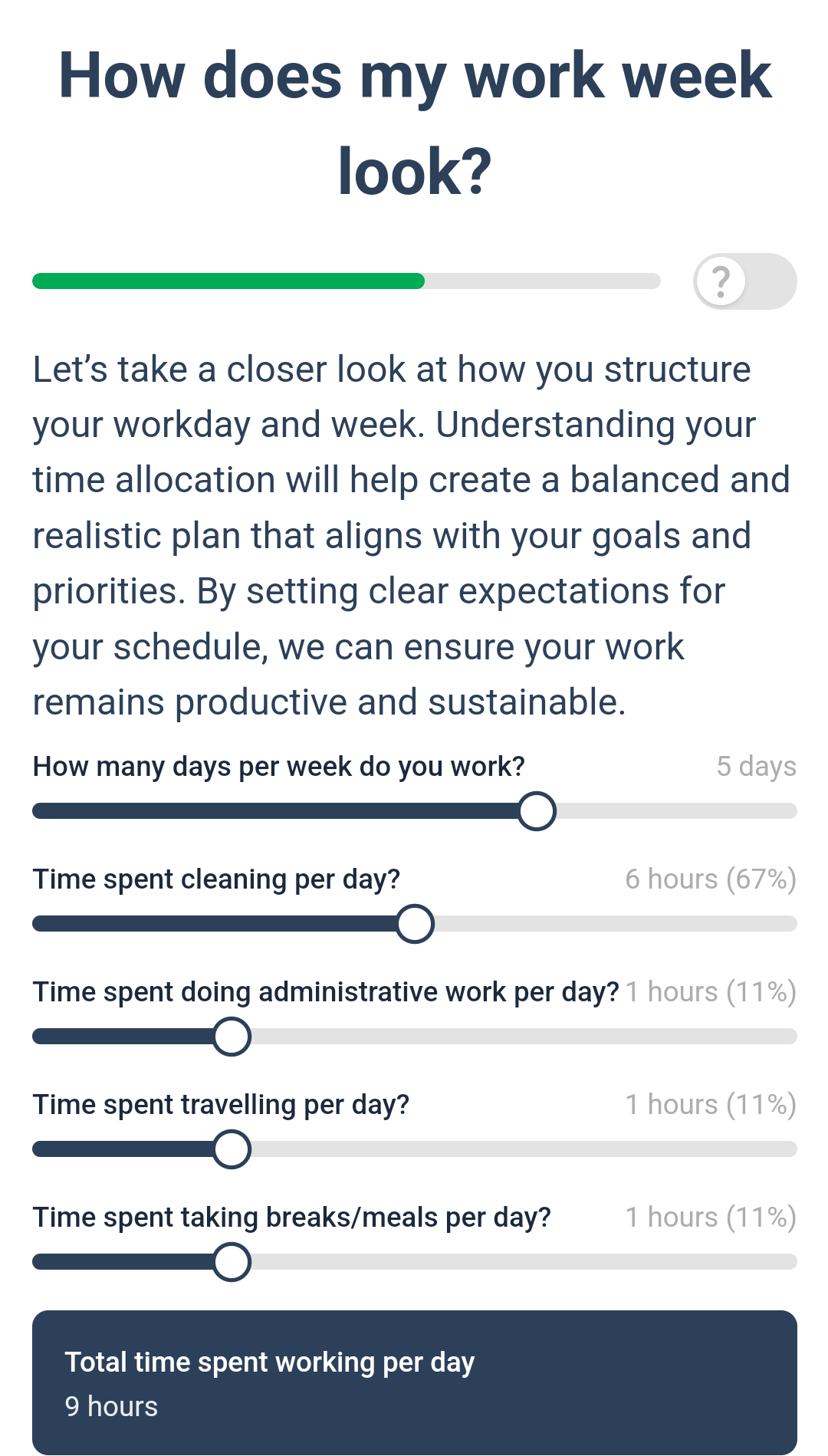
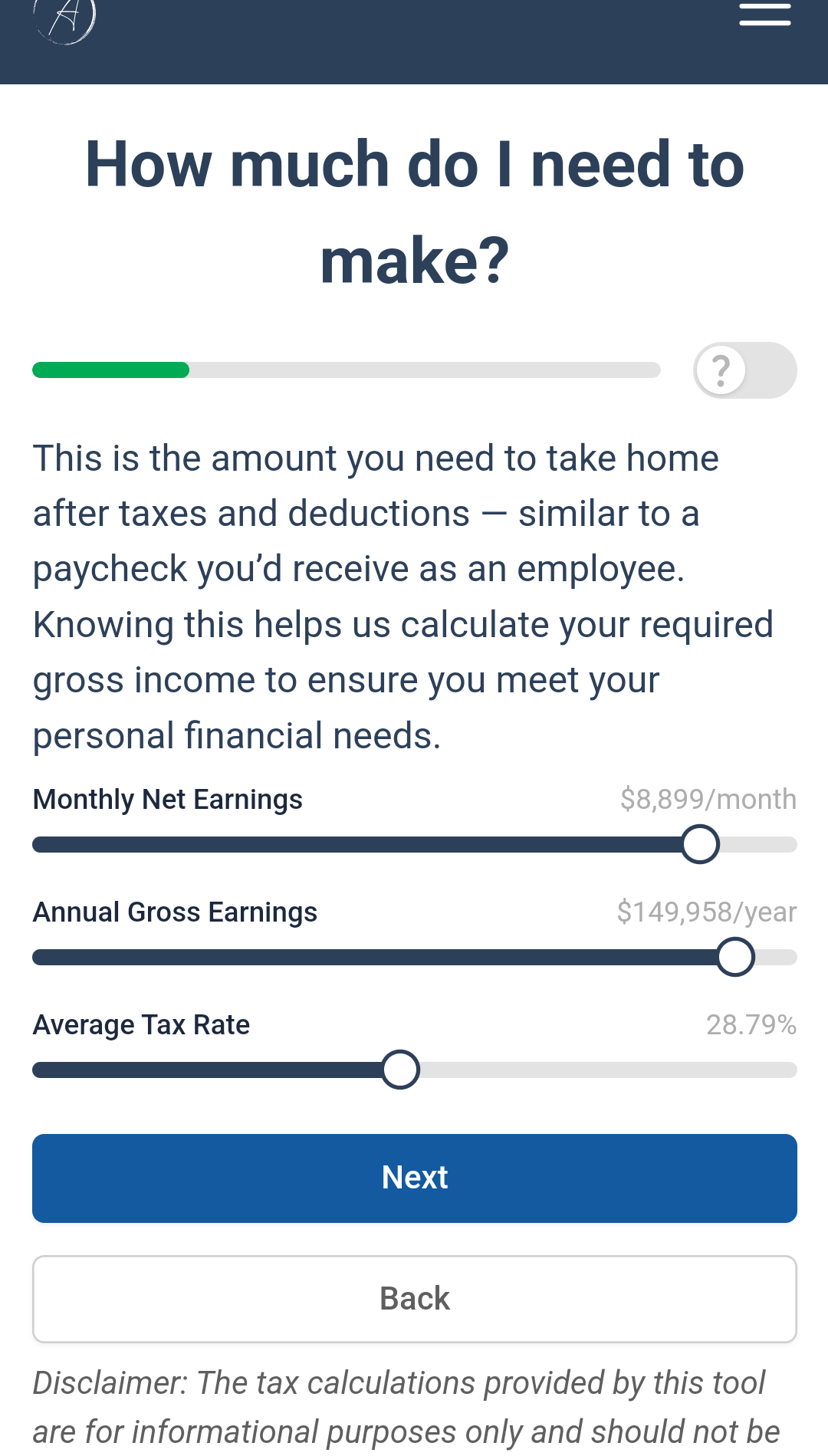
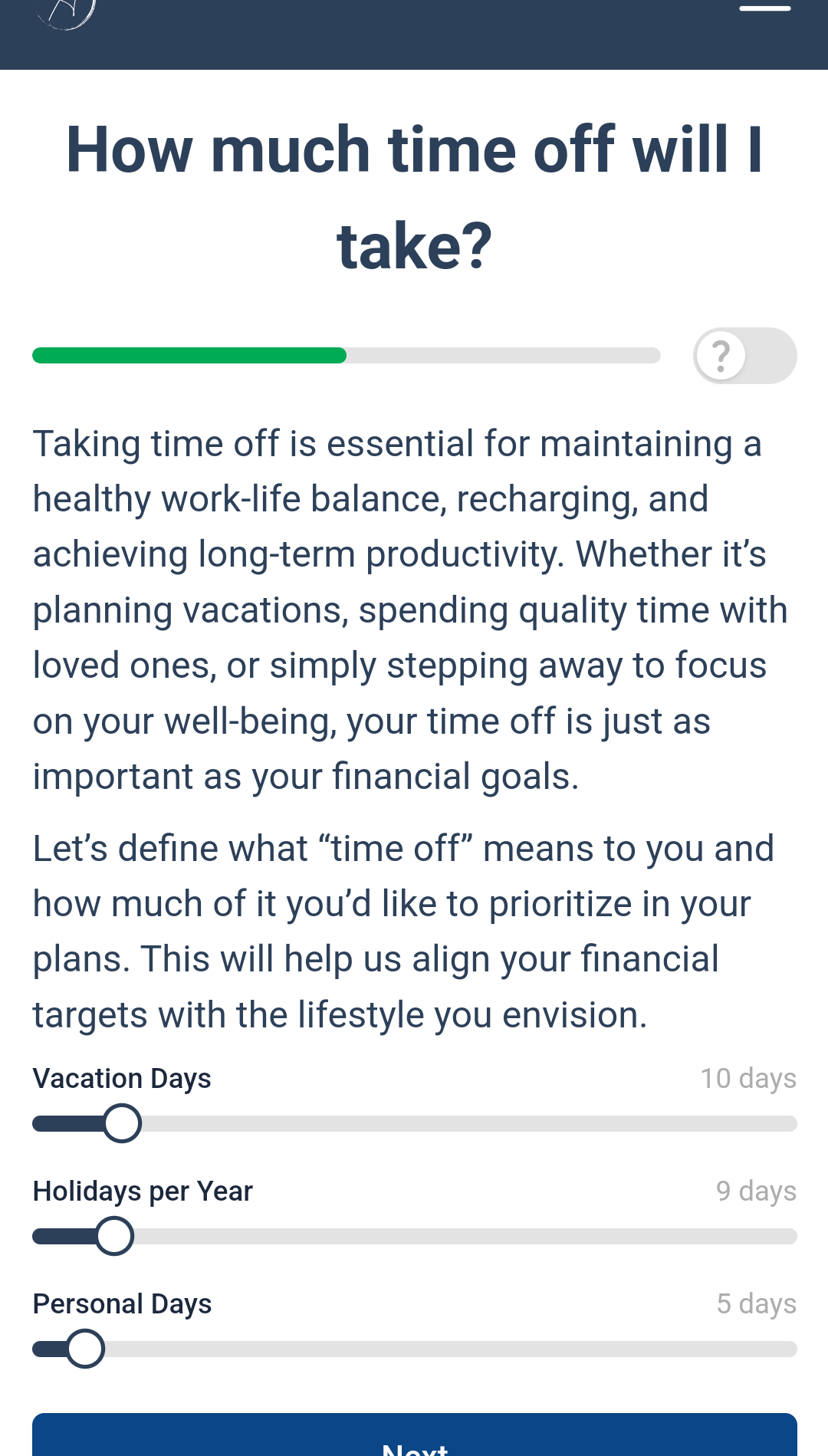
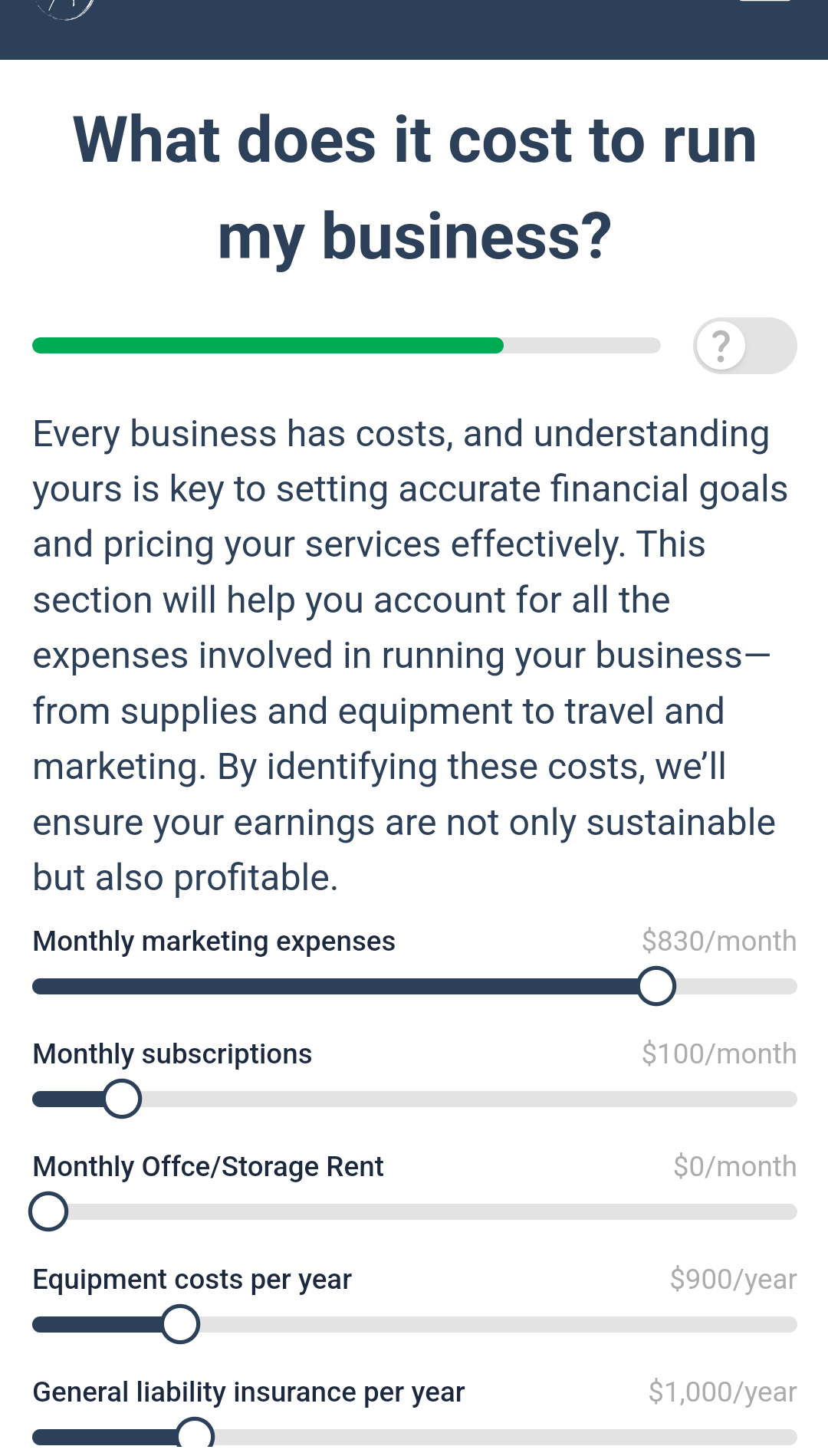
This tool takes the guesswork out of pricing by helping you align your rates with your financial goals. It simplifies complex calculations, doing the math for you to save time and reduce stress. With the tool, you’ll enter client discussions confidently, knowing your pricing is fair, strategic, and aligned with your business needs. Your pricing strategy is the foundation of a successful cleaning business, and this tool helps you set rates that ensure profitability while meeting your income goals. Try it now!
To bring it all together, setting prices and communicating value is both an art and a science. By researching the market, calculating your costs, and crafting flexible pricing packages, you can ensure your rates are both competitive and profitable. When paired with confident communication, you’ll not only attract clients but also position your cleaning business as a premium service provider. Start by reviewing your current pricing structure and identifying ways to align your rates with the value you bring to your clients. With the right approach, your cleaning business will thrive and grow sustainably.

